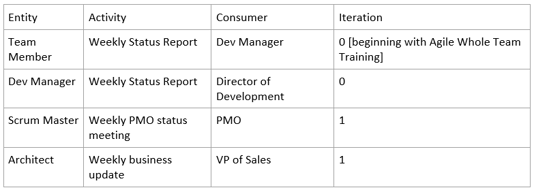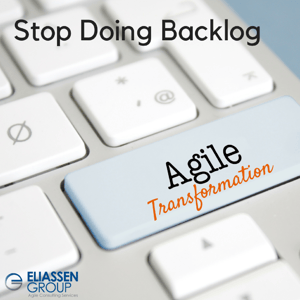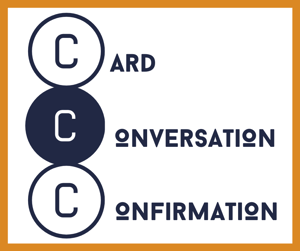Agile transformations present significant stress to organizations. Much of this stress is derived from the realization that team members are expected to complete all of the tasks required by their legacy culture PLUS the new behaviors a successful Agile Transformation requires. And, we should be clear: Agile Transformations require new practices, techniques, and events, all of which need to be learned, practiced, and applied. And the time, effort, and energy required must come from somewhere. It is the proverbial 10 pounds of material in a 5-pound bag problem. It never fits, and it is not Agile, because team members cannot sustain that pace indefinitely.
That being the case, a key component of a successful Agile Transformation is a well-maintained "Stop Doing Backlog” list that ultimately enables teams to eliminate specific tasks that do not deliver value. Each organization, team, and individual has to build, share, and work on a "Stop Doing Backlog" list.
The backlog is similar to but distinct from, a typical impediments list. The impediments can be many kinds of things and are regular items that require organizational change and commitment of capital or other expenses.
The "Stop Doing Backlog" is a list of activities that people will stop doing as they progress through the Agile Transformation. The kinds of items you should find on a "Stop Doing Backlog" include meetings team members will no longer attend, reports they will no longer submit, documents they will no longer prepare, and similar things. Each product backlog item (PBI) needs to include the entity (organization, team, individual) that will stop doing something, the entity that has been expecting/participating/receiving the thing that will stop, and the iteration where the activity will stop.
This might be a sample "Stop Doing Backlog:"

The extra credit column might be the number of hours saved within each iteration by stopping the activity.
Additional activities can include reviewing reports, status meetings, and anything that seems to get in the way of value and which the team would not participate in together. In identifying things to add to the "Stop Doing Backlog," consider the Lean definition of waste:
"Anything that does not materially change the product, for which the customer would not pay as an individual line item, or cannot be done correctly the first time" is a working definition of waste. Apply this to calendars to find items for the "Stop Doing Backlog.”
It is vital that managers of people transitioning to Agile both create their own "Stop Doing Backlog,” but more importantly, help each team member create her/his own "Stop Doing Backlog.” The individual list will help team members understand the organization is serious about the Agile Transformation and is willing to support changes in behavior up and down the hierarchy in order to focus on value. Managers (and leads) should review individual "Stop Doing Backlogs" daily to support team members in stopping these activities, as well as to find additional items to add to the "Stop Doing Backlog.”
Organizations create and review the various "Stop Doing Backlogs" during Sprint 0, ideally after completing whole team training. At this point in the transformation, the teams, as well as their managers and leads, will have sufficient information to scope the time needed to learn, practice, and apply the new, higher-value, agile behaviors. Sprint 0 will also provide time to socialize the "Stop Doing Backlogs.” This is critical in a phased or wave type of transformation where not all organizations are at the same point in the Agile Transformation.
The Agile Strategic Team (AST) will need to resolve any conflicts between "Stop Doing Backlogs" and "Business As Usual" demands, with a bias toward the Agile Transformation. An AST that neglects this role or favors "Business As Usual" will place significant time and stress burdens on the transforming teams and discourage risk-takers from stepping up to experiment with the changes required to become more Agile.
Like all backlogs, it is imperative that the "Stop Doing Backlog" is transparent and that everyone involved can see it and help drive value by delivering the items. Each "Stop Doing Backlog" needs an owner. Individuals should own their lists, and a manager or lead can own the one for a pre-transformation team (App Dev Team or QA Team as opposed to Agile Team 1). The business leaders for organizations, departments, products, and business units involved in the transformation are the best product owners for their "Stop Doing Backlog.”
"Stop Doing Backlog" ownership has to be with the transforming person, team, or organization. People have to develop the skill to identify waste in their current workflow and practice the courage to remove the waste, no matter the source. Coaching at each level can help identify common patterns and encourage transformational risk-takers. This is the core of the Eliassen Group's Agile Practice transformation strategy - guiding and supporting risk-takers during an Agile Transformation.
Do you have questions about "Stop Doing Backlog" or broader questions about an Agile Transformation? We'd love to help!


